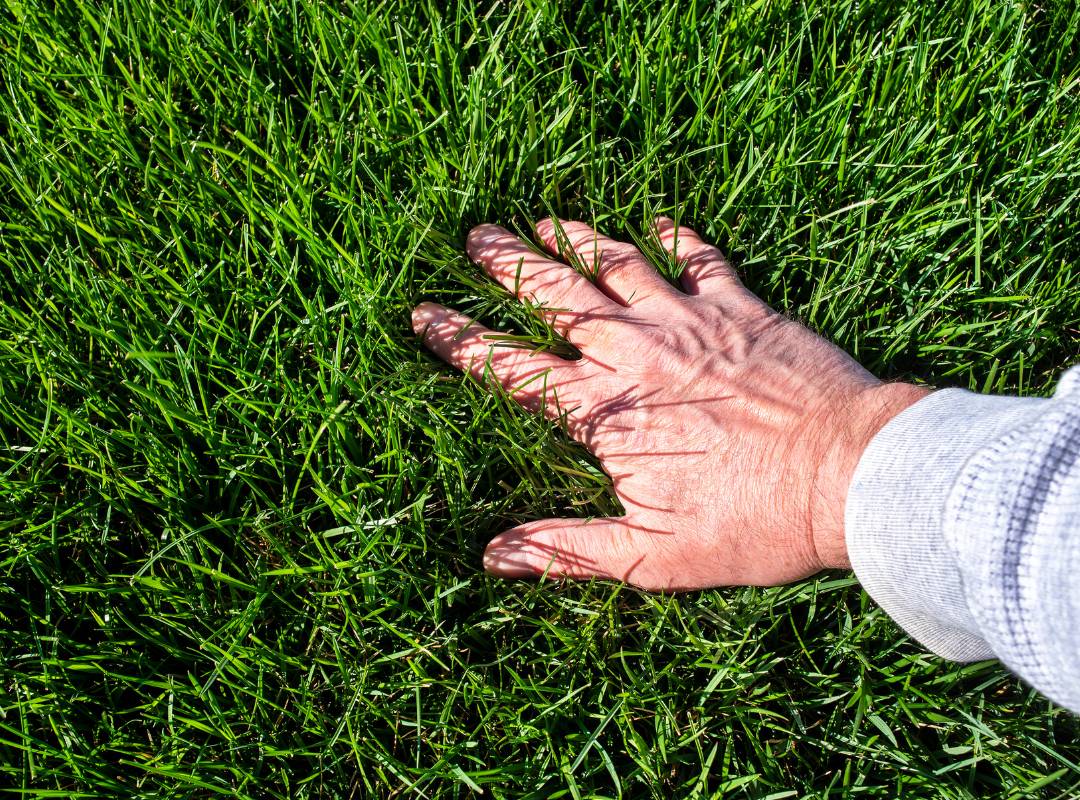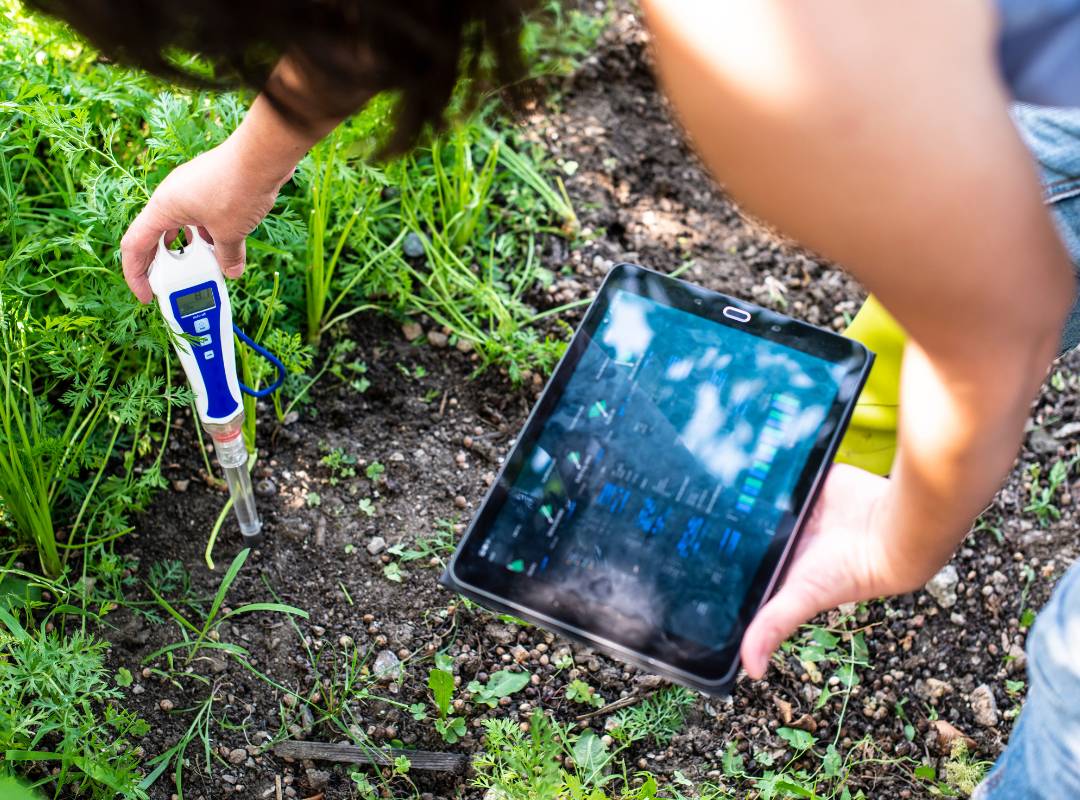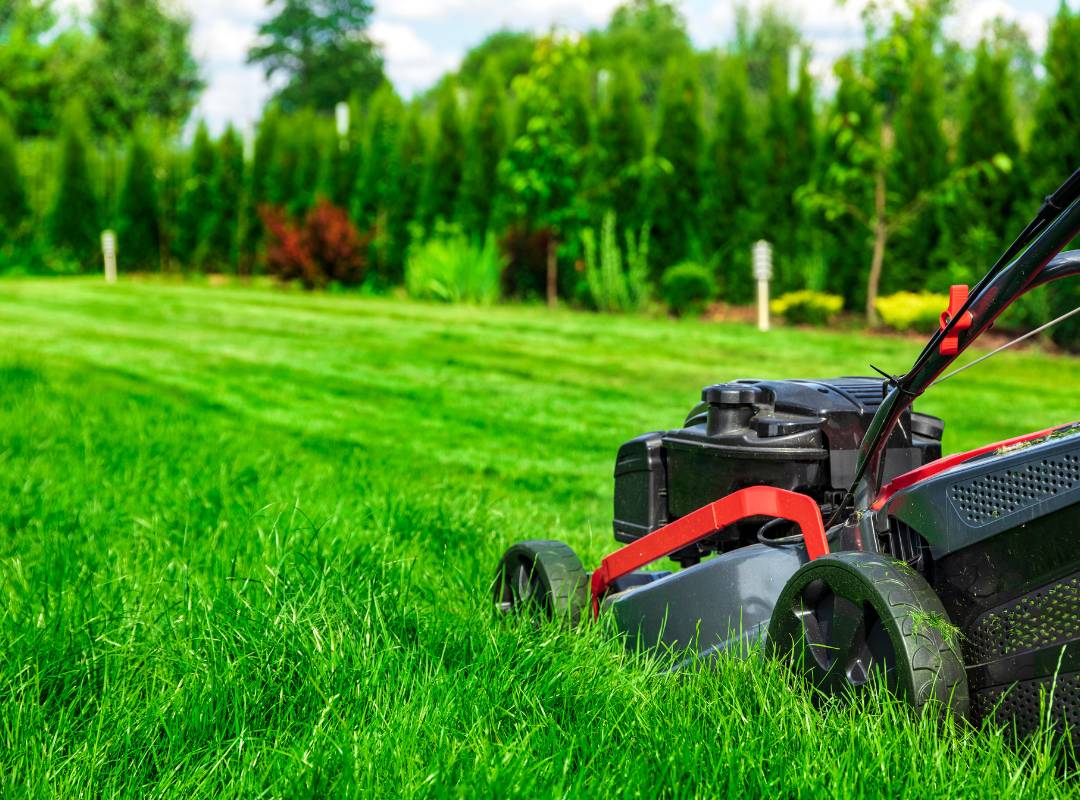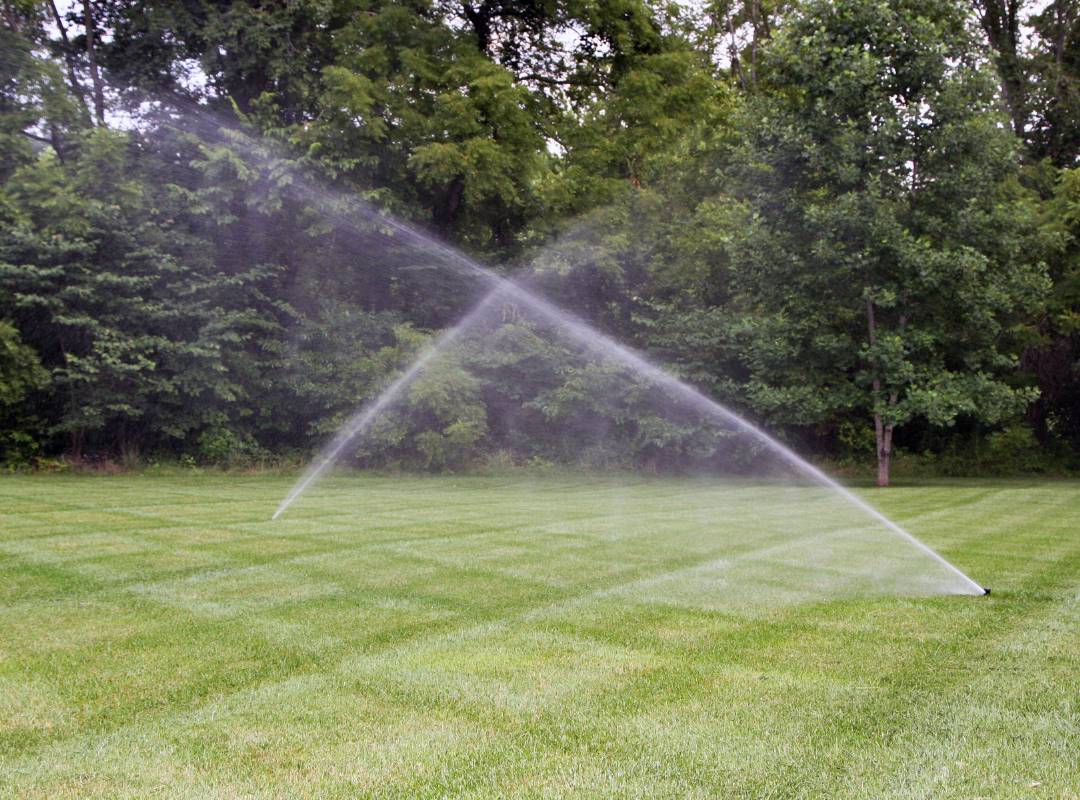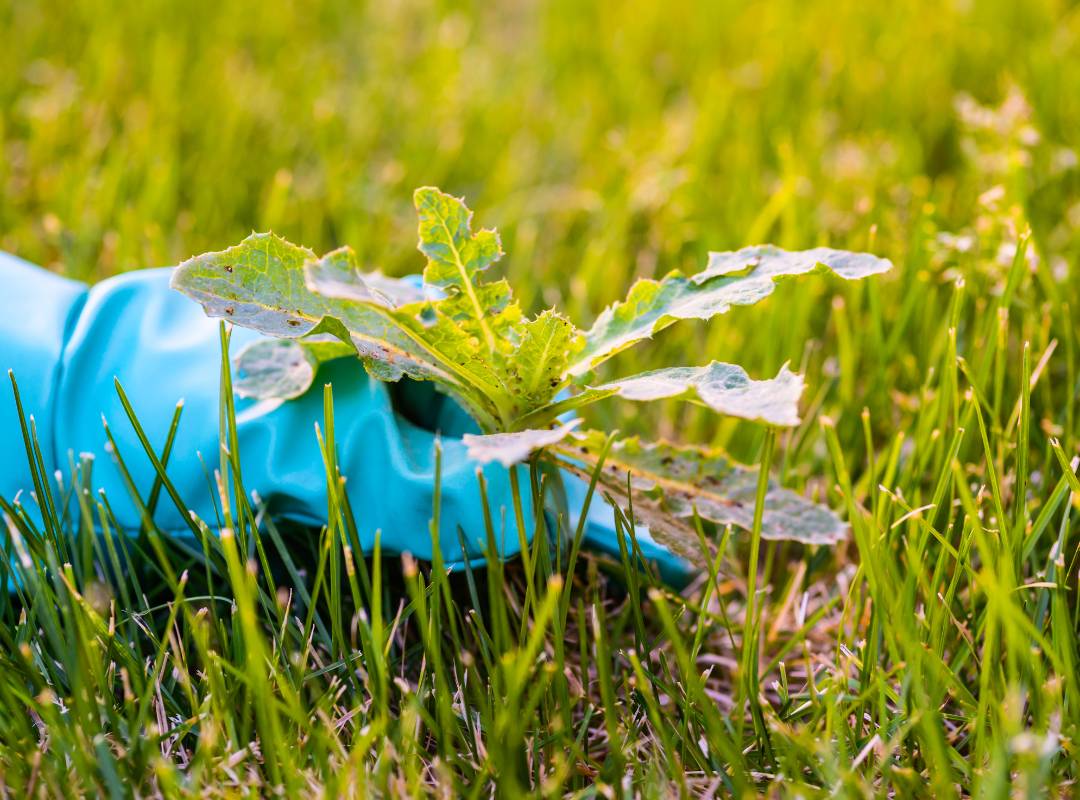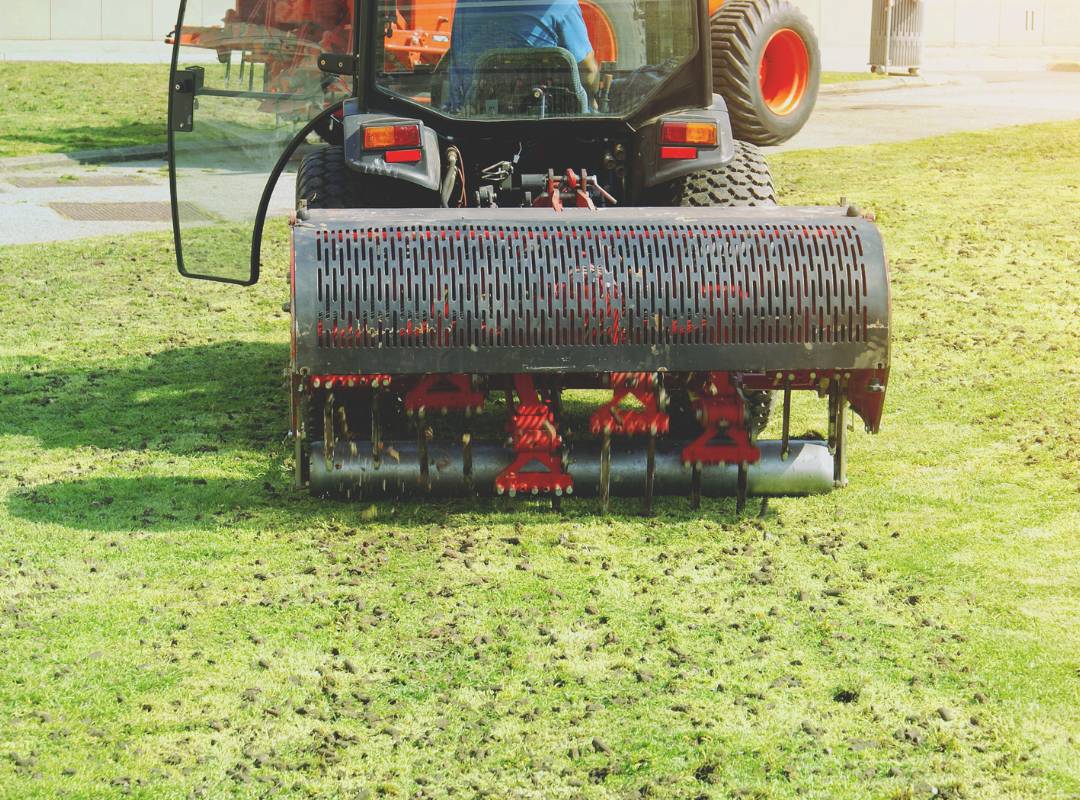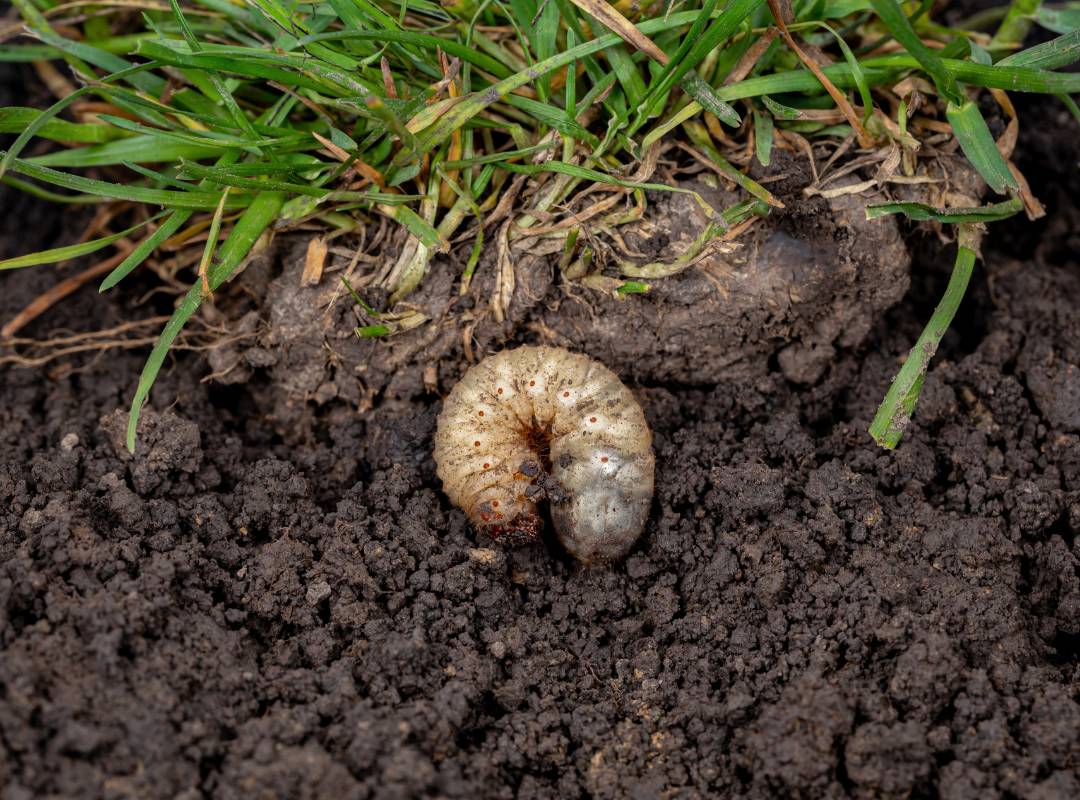|
As spring approaches, it's the perfect time to start thinking about achieving that lush and vibrant lawn you've always dreamed of. With the right care and attention, your lawn can become the envy of the neighborhood. In this blog post, we'll guide you through the essential steps to achieve a perfect lawn this spring. Assess Your LawnA well-maintained lawn not only enhances the curb appeal of your home but also provides a refreshing outdoor space for relaxation and recreation. However, achieving that lush green carpet requires more than just regular mowing and watering. To embark on a successful lawn care journey, the first crucial step is to assess the current state of your lawn. Identify Areas Needing Attention: Before you start any lawn care activities, take a stroll around your yard and closely observe the condition of your grass. Look for areas that require special attention, such as:
Understanding Your Lawn's Specific Needs: Each lawn is unique, with its own set of challenges and requirements. By carefully assessing your lawn, you gain valuable insights into its specific needs. Consider the following factors:
Tailoring Your Care Routine: Armed with a thorough assessment of your lawn's condition and specific needs, you can now tailor your care routine for optimal results. Develop a comprehensive plan that includes:
Assessing your lawn is not just a preliminary step; it's the foundation for a successful lawn care routine. By understanding the unique needs of your lawn, you can tailor your efforts to promote healthy growth and achieve that lush green dream. Take the time to observe, analyze, and plan – your lawn will thank you with a vibrant and thriving appearance. Soil TestingHouston, a city known for its diverse landscapes and ever-changing weather patterns, boasts a rich tapestry of soils. However, this diversity comes with its challenges, especially when it comes to maintaining a healthy and vibrant lawn. To unlock the secrets hidden beneath Houston's soil, it is crucial to conduct a soil test, providing invaluable insights into pH levels and nutrient content. This essential information serves as the compass for selecting the right fertilizers and soil amendments, ensuring optimal conditions for robust grass growth. Understanding Houston's Soil Diversity: Houston's soil is a patchwork quilt, with variations across different regions of the city. From the dense, clay-rich soils in some areas to the sandy soils prevalent in others, each patch of ground has its unique composition. Without a comprehensive understanding of the soil's characteristics, achieving a thriving lawn can be a challenging endeavor. The Importance of Soil Testing: pH Levels:
Choosing the Right Fertilizers and Soil Amendments: Armed with the insights from soil testing, homeowners can make informed decisions regarding fertilizers and soil amendments. For example: Fertilizers:
In the quest for a picture-perfect lawn in Houston, the importance of soil testing cannot be overstated. By understanding the unique characteristics of the soil, homeowners can unlock the secrets to lush, healthy grass. Soil testing serves as the foundation for a targeted approach to fertilization and soil amendments, ensuring that every patch of grass receives the care it deserves. So, before reaching for that bag of fertilizer, take the time to uncover Houston's soil secrets. Mowing TechniquesA well-manicured lawn is a source of pride for many homeowners, and achieving that lush green carpet requires more than just regular watering. Mowing is a crucial aspect of lawn care that often goes underestimated. In this blog post, we'll delve into the art of mowing, with a focus on techniques that will keep your lawn looking healthy and vibrant. Choosing the Right Height: One of the fundamental aspects of proper mowing is setting the mower at the appropriate height for your specific type of grass. In Houston, where warm-season grasses like Bermuda, St. Augustine, and Zoysia thrive, understanding their optimal cutting height is key. Different grass varieties have different growth habits, and cutting them too short can stress the plants, making them more susceptible to diseases and pests. For warm-season grasses common in Houston, a general guideline is to keep the mower height between 1.5 to 2.5 inches. However, it's essential to consult specific recommendations for the particular grass type in your lawn, as they may have different ideal heights. Regular Mowing: Consistency is key when it comes to mowing. Regular mowing helps maintain an even height, prevents the grass from becoming overly stressed, and promotes a strong root system. A general rule of thumb is to mow often enough that you're removing no more than one-third of the grass height at a time. This may mean mowing every 7-10 days during the growing season. By adhering to this guideline, you encourage lateral growth and root development, creating a dense and healthy lawn. Additionally, removing excessive grass clippings during each mow is essential, as they can create thatch, preventing water and nutrients from reaching the soil. Promoting Strong Roots: A robust root system is the foundation of a healthy lawn. Proper mowing practices play a significant role in encouraging the development of strong roots. When you follow the recommended mowing height and frequency, the grass allocates more energy to root growth rather than top growth. This increased root density helps the grass compete more effectively with weeds, as well as making it more resilient to environmental stressors. In the quest for a beautiful lawn, mastering the art of mowing is a fundamental step. By understanding the specific needs of your grass type, setting the mower at the right height, and adopting a consistent mowing schedule, you can promote a lush, green lawn that becomes the envy of your neighborhood. Take the time to care for your lawn with these mowing techniques, and you'll enjoy the rewards of a healthy and vibrant outdoor space. Proper WateringLiving in Houston brings with it the challenge of maintaining a vibrant and healthy lawn in the face of the city's hot and humid climate. Proper lawn watering is a key element in achieving this goal, and mastering the art of irrigation can make all the difference. Let's explore the nuances of watering your lawn in Houston, with a focus on encouraging deep root growth, optimizing water usage, and preventing common issues like evaporation and fungal diseases. The Importance of Deep and Infrequent Watering: One of the fundamental principles of proper lawn watering in Houston is to water deeply but infrequently. Shallow and frequent watering can lead to shallow root systems, making the grass more susceptible to stress and diseases. By encouraging deep root growth, your lawn becomes more resilient and better equipped to withstand the challenges posed by Houston's climate. Experts recommend aiming for about 1 to 1.5 inches of water per week, whether it comes from rainfall or irrigation. This amount provides sufficient moisture to the grass roots without promoting excessive surface moisture that can attract pests and diseases. Timing is Everything – Watering Early in the Morning: The timing of your watering sessions plays a crucial role in the effectiveness of your lawn care routine. In Houston, where the sun can be relentless, it's advisable to water early in the morning. Doing so has several advantages. Firstly, early morning watering minimizes evaporation, ensuring that more water reaches the soil and the roots of your grass. This is particularly important in a climate where water conservation is a priority. Secondly, early morning watering helps in preventing fungal diseases. Moisture left on the grass blades overnight can create a conducive environment for fungi to thrive. By watering early, you allow the grass to dry out during the day, reducing the risk of fungal infections. Smart Watering Practices: To make the most of your watering efforts, consider implementing these smart practices:
Proper lawn watering is an essential aspect of maintaining a thriving lawn in Houston's challenging climate. By adopting the principles of deep and infrequent watering, paying attention to timing, and implementing smart watering practices, you can ensure that your lawn remains lush and healthy year-round. So, set your irrigation system to work, and watch your lawn flourish in the vibrant landscape of Houston. FertilizationA lush, green lawn is the envy of many homeowners, and achieving that vibrant carpet of grass requires more than just regular watering. Fertilization is a crucial step in maintaining a healthy lawn, promoting growth, and ensuring the right balance of nutrients. In Houston's unique climate, choosing the correct fertilizer with the appropriate nutrient ratios is essential for the well-being of your lawn. The Importance of Fertilization: Fertilization provides essential nutrients that grass needs for growth and development. Nitrogen, phosphorus, and potassium are the three primary elements that contribute to a healthy lawn. Nitrogen is crucial for leaf and stem development, phosphorus supports root growth, and potassium enhances overall plant vigor, disease resistance, and stress tolerance. Selecting a fertilizer with the right balance of these elements is key to achieving optimal results. Choosing the Right Fertilizer: When it comes to selecting a fertilizer for your Houston lawn, understanding the nutrient ratio is paramount. A common and effective ratio for this region is 3:1:2 or 4:1:2, representing the ratio of nitrogen (N), phosphorus (P), and potassium (K). A slow-release fertilizer with this balanced formula ensures that your grass receives a steady supply of nutrients over time, promoting sustained growth and resilience. Application Rates and Timing: Following recommended application rates is crucial to prevent over-fertilization, which can lead to environmental issues and damage to your lawn. It's advisable to apply fertilizer during the growing season when the grass is actively taking up nutrients. In Houston, the primary growing season typically occurs in the spring and fall when temperatures are moderate, and grass growth is at its peak. Tips for Successful Fertilization:
Fertilizing your lawn in Houston is a science that requires careful consideration of the unique climate and grass types prevalent in the region. By choosing a slow-release fertilizer with the right nutrient balance and following recommended application rates, you'll be well on your way to cultivating a vibrant, healthy lawn that enhances the beauty of your outdoor space. Take the time to nourish your grass, and you'll reap the rewards of a stunning lawn that becomes the pride of your neighborhood. Weed ControlA lush, green lawn is the envy of every homeowner, but the battle against weeds can sometimes feel like an endless struggle. One key strategy to achieving a weed-free lawn is early intervention, and pre-emergent herbicides play a crucial role in preventing weeds from taking root. Pre-emergent herbicides are a proactive approach to weed control, targeting weed seeds before they have a chance to germinate and sprout. Unlike post-emergent herbicides, which are applied to actively growing weeds, pre-emergents create a barrier in the soil that inhibits the development of weed seedlings. This early intervention can significantly reduce the need for labor-intensive and less environmentally friendly post-emergent weed control methods later in the season. Benefits of Pre-Emergent Weed Control:
When to Apply Pre-Emergent Herbicides: Timing is crucial when it comes to applying pre-emergent herbicides. The goal is to create a protective barrier in the soil before weed seeds start germinating. Generally, early spring is the optimal time for application, as this is when soil temperatures reach the range suitable for weed seed germination. However, the specific timing may vary depending on your region and the types of weeds prevalent in your area. Application Tips:
Taking a proactive approach to weed control with pre-emergent herbicides can make a significant difference in the health and appearance of your lawn. By following the recommended guidelines and applying these products early in the season, you can enjoy a weed-free lawn that enhances the beauty of your property. Remember, a little effort now can save you from the headache of battling stubborn weeds later in the season. AerationOne often overlooked but essential aspect of lawn care is aeration. Aeration is a process that involves perforating the soil with small holes to allow nutrients, water, and air to penetrate the grassroots, promoting optimal growth. Understanding Aeration: Aeration is the solution to combating soil compaction, a common issue in many lawns. Over time, soil becomes compacted due to heavy foot traffic, mowing, and other activities, limiting the movement of air, water, and nutrients to the roots. Aeration involves creating small holes in the soil, either by using spiked shoes, a manual aerator, or a machine known as a core aerator. These holes allow the soil to breathe and facilitate the flow of essential elements to the grassroots. Benefits of Aeration:
When to Aerate: The ideal time to aerate your lawn is in the spring, during the active growing season. Performing aeration when the grass is actively growing allows it to recover quickly, promoting a thicker and more resilient lawn. In regions with warm-season grasses, late spring is an excellent time for aeration, while cool-season grasses benefit from aeration in early spring. Tips for Effective Aeration:
Aeration is a simple yet powerful technique that can transform the health and appearance of your lawn. By allowing nutrients, water, and air to reach the grassroots, you provide your grass with the optimal conditions for growth. Consider incorporating aeration into your spring lawn care routine, and watch your lawn flourish into a green oasis that will be the envy of the neighborhood. Pest ManagementGrubs, chinch bugs, and armyworms are common culprits that can wreak havoc on your plants. In this section, we'll explore the importance of pest management and provide tips on how to address pest issues using both organic and chemical control methods.
Identifying Common Pests: Before diving into pest management strategies, it's crucial to familiarize yourself with the common pests that can threaten the health of your lawn or garden.
Prompt Action is Key: Early detection is crucial for effective pest management. Regularly inspect your lawn and garden for signs of pest infestation, such as wilting, discoloration, or the presence of pests themselves. If you notice any issues, take prompt action to prevent further damage. Organic Pest Control Methods: For those who prefer environmentally-friendly options, organic pest control methods can be highly effective:
Chemical Pest Control Methods: If the infestation is severe, chemical control methods may be necessary. It's important to choose products that are specifically designed for the target pests and follow the instructions carefully:
Maintaining a pest-free lawn or garden requires vigilance and a proactive approach. Regular inspection, early detection, and appropriate action are key components of effective pest management. Whether you opt for organic or chemical control methods, the goal is to strike a balance between preserving the health of your plants and minimizing the impact on the environment. By following these steps and tailoring them to your lawn's specific needs, you can achieve the perfect lawn in Houston, TX, this spring. Consistent care, proper watering, and attention to detail will result in a lush, healthy, and vibrant lawn that you can enjoy throughout the season. Comments are closed.
|
Categories
All
Related PagesArchives
July 2024
|

